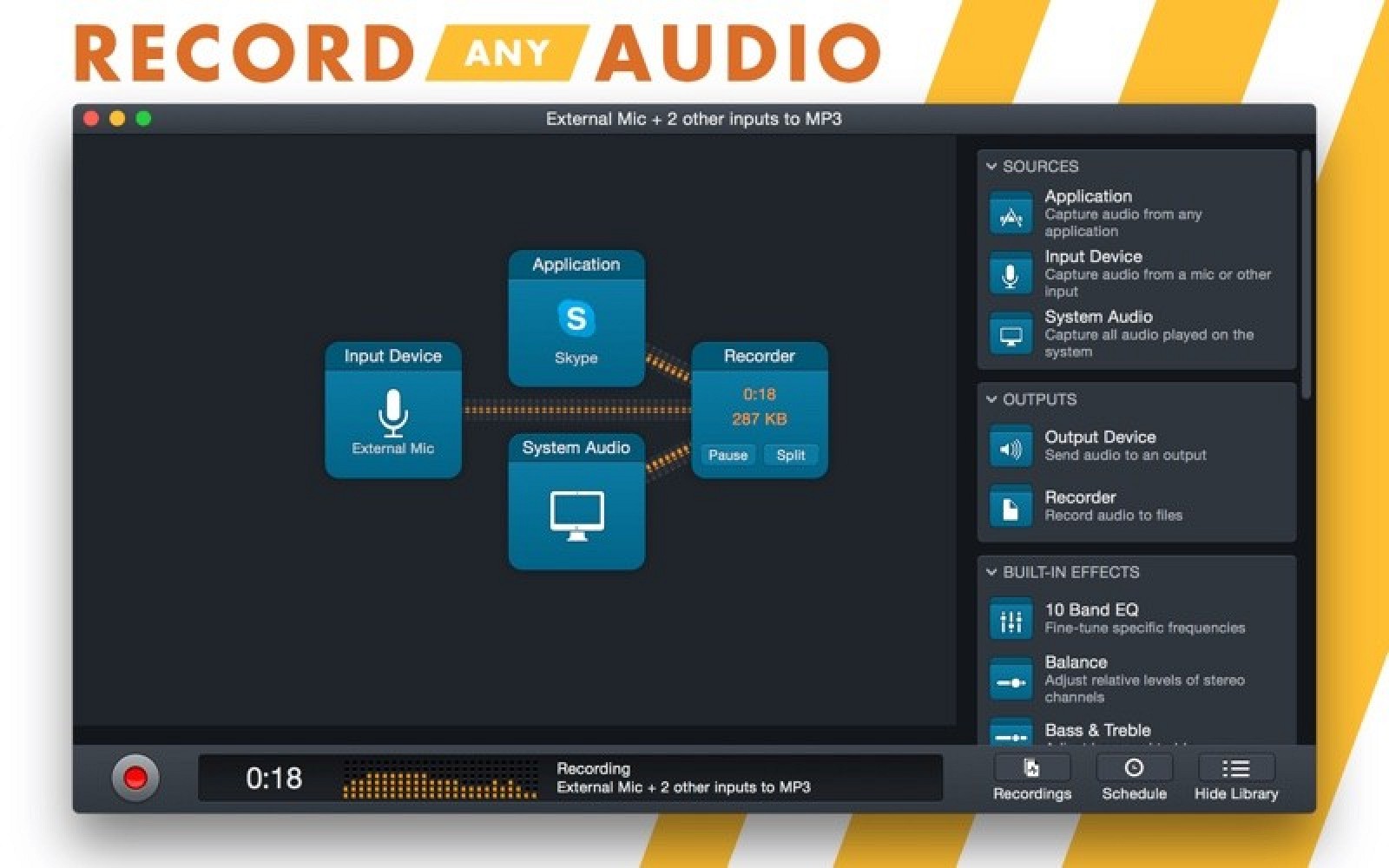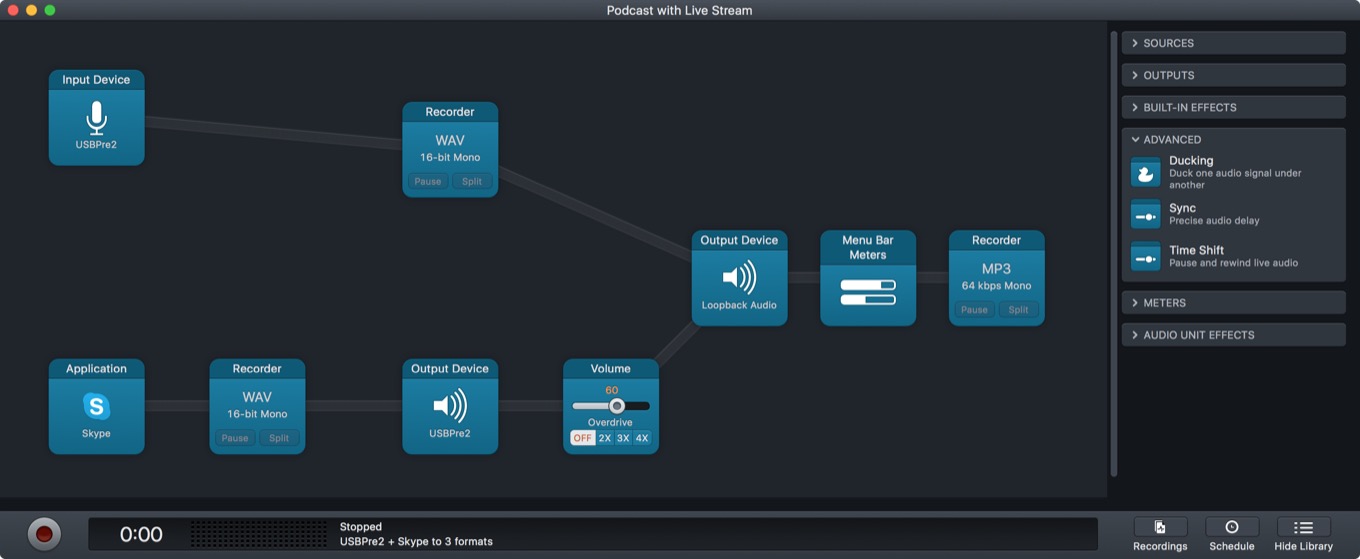- The DNSChanger Removal Tool detects and removes spyware targeting Mac OS X and allows users to check to see if the trojan has been installed on their computer; if it has, the software helps to identify and remove the offending file. After a system reboot, the users' DNS records will be repaired.
- Mar 05, 2021 Record any application's audio, including VoIP calls from Skype, web streams from Safari, and much more. Save audio from hardware devices like microphones and mixers as well. You can even record all the audio heard on your Mac at once! If you can hear it, Audio Hijack can record it.
Remove Browser Hijack Mac
What is Audio Hijack for Mac Audio Hijack (was Audio Hijack Pro) drastically changes the way you use audio on your computer, giving you the freedom to listen to audio when you want and how you want. Record and enhance any audio with Audio Hijack - it's the cornerstone of your digital audio experience. Audio Hijack Pro for Mac records audio from a variety of sources and gives you the tools to process it for multiple purposes. It offers a complete set of options for both recording and conversion.
Browser hijackers have become one of the most common types of malware on the Mac. Whether you use Safari, Chrome, Firefox, or another browser entirely, you’re at risk of browser hijacking. Here, we’ll tell you how you can tell if your browser has been hijacked and how to remove the culprit.
What is browser hijacking?
It’s a type of malware that once it has been downloaded and installed, takes control of your web browser. Typically, it will change your homepage to one that the hacker wants you to visit, and change your default search engine to one that allows the hacker to monitor your searches and clicks.
That information will then be used to display adverts. Some browser hijacking also involves installing toolbars that claim to find discounts or offer coupons for online shopping sites. In reality, this is adware, designed to get you to click on a link that will take you to a suspicious website in order to increase its advertising revenue.

Hijackers may also download files to your Mac that monitor your activity or steal data. For example, your Mac may get infected with a software keylogger that can record your banking and e-mail authentication information.
Well-known examples
There are a number of hijackers that have become well-known because they are so widespread. You might have heard of some of them. Many of them have names that make them sound like search or shopping extensions.
- Pitch of Case
- Search Quick
- Time Search Now
- Booking app
- Fuq.com
All of these hijackers sneak onto your Mac by bundling themselves with apparently legitimate applications or disguising themselves as updates, for example to Flash Player. And they all intercept your browser’s homepage and default search engine and change it to wherever the hacker wants you to go.
macOS’ GateKeeper feature safeguards your Mac and checks the apps you’re about to download. It approves apps that are already on the App Store or those whose code is signed by an authorized developer.
To install anything else the GateKeeper doesn’t advise, you need to confirm the download. Code-signed apps must also be notarized by Apple – that means they are checked for malware, among other things – in order to get past GateKeeper. CleanMyMac X is one such notarized app, meaning it has been approved by Apple.
Audio Hijack For Pc
How can I tell if my browser has been hijacked?
There are a number of possible symptoms:
- Has your browser’s homepage changed without you changing it?
- Have you started seeing lots of adverts you wouldn’t normally see?
- Has your default search engine changed?
- Is your browser running more slowly than usual or behaving erratically?
If the answer to any of those questions is ‘yes’, it’s likely your browser has been hijacked.
How can I avoid being hijacked?
Hijackers find their way onto your Mac using a number of different techniques. However, in each case, they are downloaded after an action initiated by the user, such as clicking a link in a phishing email or on a questionable website.
- Don’t click on any link in an email or instant message unless you are certain where it leads.
- Don’t respond to pop-up adverts that claim a component, like Flash Player, is out of date, or that your system needs to be repaired.
- Avoid downloading apps from free. software download sites that use their own proprietary download manager.
- Keep your OS and all your apps up to date – CleanMyMac X has an updater that scans apps installed on your Mac, checks for updates, and then allows you to update all those that have new versions available.
How to remove browser malware on Mac
There are two ways to remove hijackers – the manual, tiresome, way or the automatic, fast method.
To remove browser hijackers in Safari manually:
- In Safari, click on the Safari menu and choose Preferences.
- Select the Extensions tab and look for any extensions you don’t recognize.
- If you find one, click on it and press Uninstall.
- Now, choose the General tab and set your homepage to your preferred start page.
- Finally, select the Search tab and choose the search engine you want to use.
To delete browser hijackers in Chrome:
- Launch Chrome and type the following in the address bar:
chrome://extensions - Look for any extensions you don’t recognize.
- If you see one, press Remove next to it.
- Now, paste this in the address bar:
chrome://settings - Scroll down to “On startup” and decide what page do you want to see at the start of your browser.
- In the “Search engine” section, choose a default search engine.
Firefox:
- Launch Firefox and enter this command in the address bar:
about:addons - Choose “Extensions”.
- Look for any extensions that seem suspicious.
- If you find one, click the ellipsis (3-dot) next to an extension and click Remove.
- Then, go to
about:preferences - In the Home section, set your homepage.
- In Search, set your default search engine.
Browser hijacker removal the easy way
Hijack Machines

Video Hijack Mac
The easiest method and the one we recommend is to use CleanMyMac X, which has a tool for deleting Extensions.
- Download, install and launch CleanMyMac X.
- Choose Extensions in the sidebar.
- Click on a browser, and check the box next to the extensions you want to delete.
- Press Remove.
CleanMyMac X also has a tool that allows you to clear browser caches. You should certainly do that if you have had malware in your browser.
- In CleanMyMac X, choose the Privacy module.
- Press Scan.
- When it’s finished, check the box next to your browser in the main window.
- Press Remove.
Hijack Map
The browser hijacker is a common type of malware that typically comes bundled with apps downloaded in download managers from free software sites. Once installed, they change the homepage and default search engine for your browser in order to direct you to pages that display adverts. They may also steal data. Fortunately, with the help of CleanMyMac X, they are fairly easy to remove.
